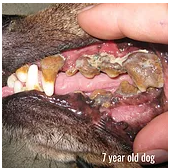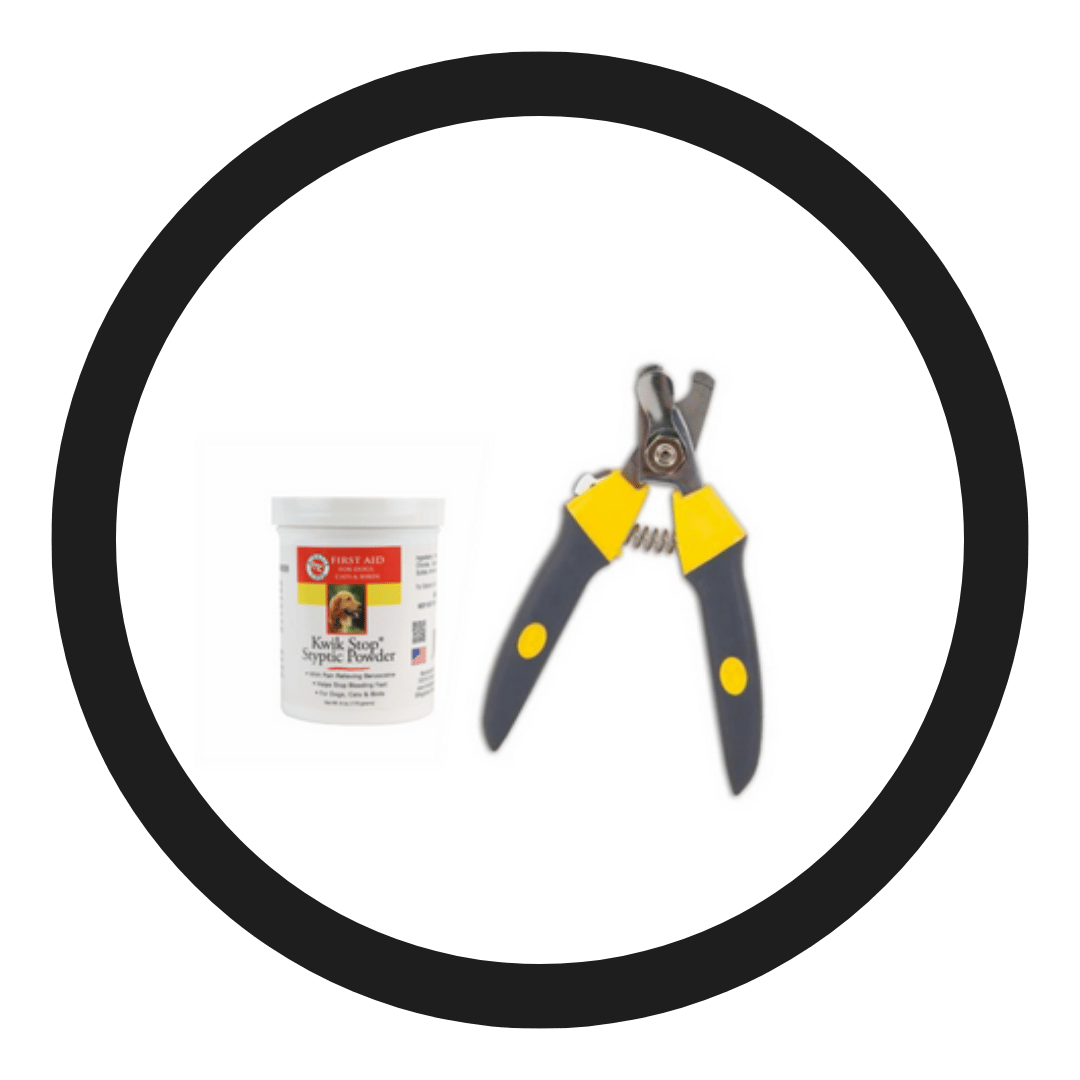Canine Oral Health
As part of a dog’s over-all assessment, checking the mouth and ears are very important. Tarter can grow on the dog’s teeth and cause a number of health issues. Regular visits to the vet are highly recommended, however there is a new kid in town!
Dental care for dogs without sedation is a great option for maintaining the oral health of a dog. While it will not eradicate the need entirely for a dog to have regular dental checks at the vet, it can offer an overall increased level of health. Dental work without sedation has its limitations but it does fill an important role in maintaining good oral care.
Australian Animal Oral Care explains why. They can also visit your salon!
australiananimaloralcare@gmail.com
What is Dental Disease?
Periodontal disease is the most common clinical condition occurring in adult dogs and cats, and is entirely preventable. By three years of age, most dogs and cats have some evidence of periodontal disease. Unfortunately, other than bad breath, there are few signs of the disease process evident to the owner, and professional dental cleaning and periodontal therapy often comes too late to prevent extensive disease or to save teeth.
As a result, periodontal disease is usually under-treated, and may cause multiple problems in the oral cavity and may be associated with damage to internal organs in some patients as they age.
Periodontal disease begins when bacteria in the mouth form a substance called plaque that sticks to the surface of the teeth. Subsequently, minerals in the saliva harden the plaque into dental calculus (tartar), which is firmly attached to the teeth. Tartar above the gum line is obvious to many owners, but is not of itself the cause of disease.
The real problem develops as plaque and calculus spread under the gum line. Bacteria in this ‘sub-gingival’ plaque set in motion a cycle of damage to the supporting tissues around the tooth, eventually leading to loss of the tooth. Bacteria under the gum line secrete toxins, which contribute to the tissue damage if untreated. These bacteria also stimulate the animal’s immune system. The initial changes cause white blood cells and inflammatory chemical signals to move into the periodontal space (between the gum or bone and the tooth).
The function of the white blood cells is to destroy the bacterial invaders, but chemicals released by the overwhelmed white blood cells cause damage to the supporting tissues of the tooth. Instead of helping the problem, the patient’s own protective system actually worsens the disease when there is severe build-up of plaque and tartar.
We highly recommend brushing your Pets teeth daily, feeding raw meat and a yearly Professional Dental Clean.
Check out the source website http://www.willardvet.com/











